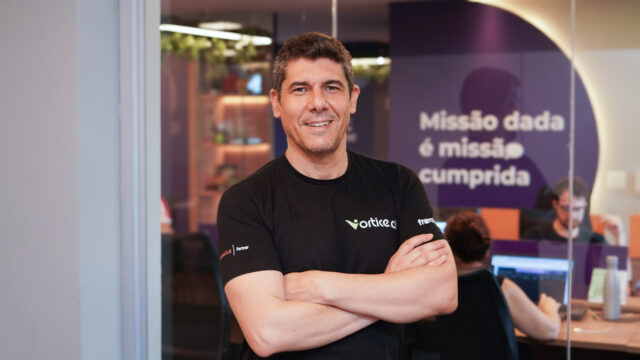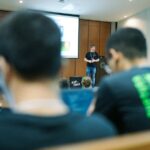The Reflection of the Digital Mind: How Small-Scale Models Are Creating a New Era of Personalized Artificial Intelligence

The Reflection of the Digital Mind: How Small-Scale Models Are Creating a New Era of Personalized Artificial Intelligence
Artificial intelligence has always pursued exponential growth—more parameters, more data, more power. But what if the future isn’t about being bigger, but about being leaner, more personalized, more reflective?
At Vortice.ai, we strive to build smaller yet highly specialized language models capable of capturing the unique essence of a content creator. Deep Reflection was born from this premise: what if every mind could have its own digital reflection, trained with its own voice, ideas, and expressions?
We use TinyLlama to create Small Language Models (SLMs) tailored to different creators. Each SLM becomes a digital fragment of its author, powered by their texts, speeches, and reflections. Instead of a generalist AI, we build an algorithmic mirror— a digital extension of the voices that echo across the internet.
But the idea didn’t stop there. If each creator has their own model, what happens when these individual intelligences meet? What if multiple SLMs could be combined to create something greater than the sum of their parts?
This is how Fusion Reflection was born—a cluster of SLMs, an interconnected network of personalized intelligences capable of engaging in dialogue. Imagine a boundless forum where thinkers, scientists, artists, and communicators have their models combined to generate new ideas and syntheses.
The architecture of this cluster does not impose domination of one model over another. Each reflection has its own weight, influence, and degree of relevance to the subject at hand. We have created a mechanism where emerging responses are composed through the interaction of models, crossing thoughts and constructing meaning.
This approach redefines AI. If we once envisioned a future where a single AI would dominate everything, we now see a future composed of infinite AIs, each carrying a unique reflection of its origin, contributing to a greater whole.
Technology should not merely simulate human intelligence but preserve it, cultivate it in its diversity, and bring voices closer together rather than standardizing them. Deep Reflection does not seek to replace minds but to amplify them.
At the center of this movement, Small Language Models emerge as the true future of AI—small, agile, and aligned with the identity of each individual who feeds them. The path forward is not standardization but personalization. Not uncontrolled expansion, but the conscious fusion of thoughts.
Perhaps the future of AI does not lie in creating a single artificial consciousness but in forming infinite interconnected intelligences, reflecting the richness of the human mind.


